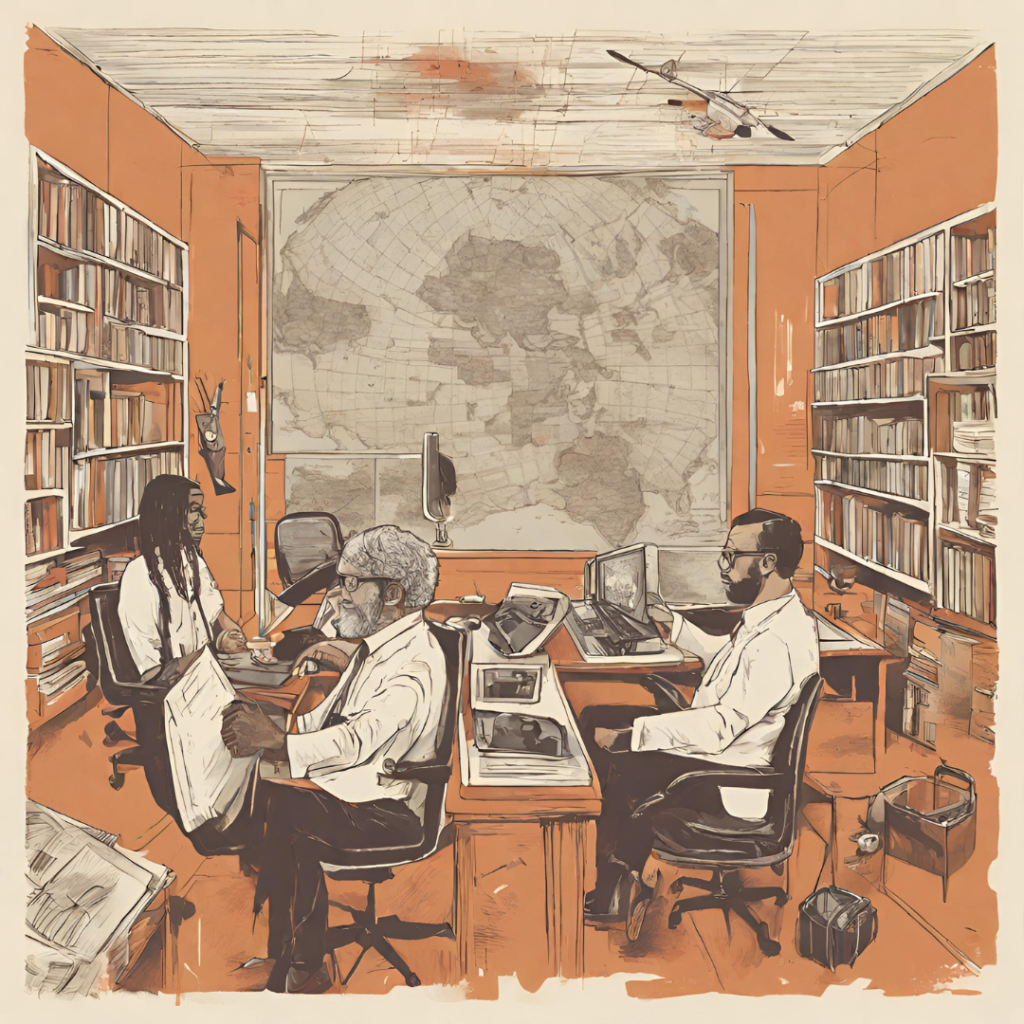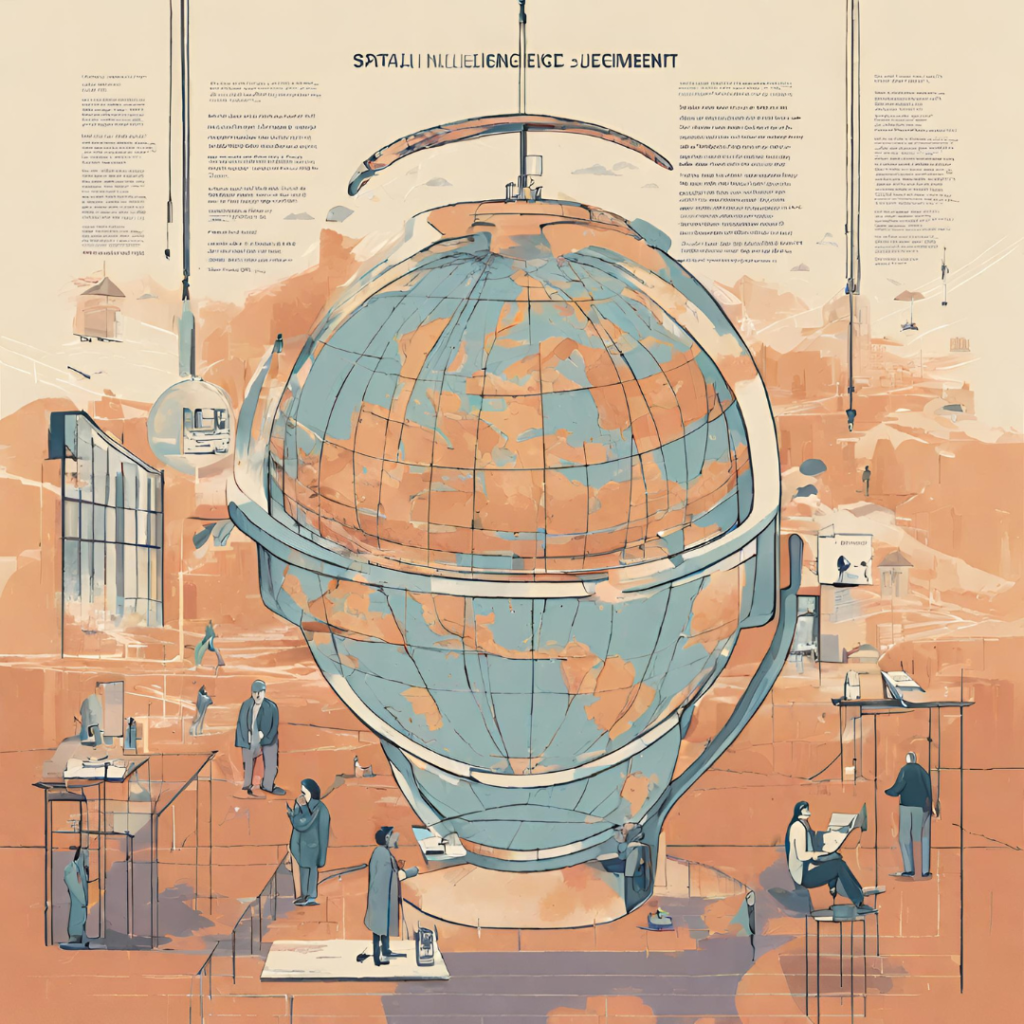
In the vast spectrum of human cognitive abilities, spatial intelligence shines as a fascinating aspect. While traditional academic metrics often highlight verbal and mathematical prowess, spatial intelligence plays a silent yet critical role in countless daily activities and professions. This article seeks to illuminate the depths of spatial intelligence, breaking down its components, exploring its origins in the brain, and underscoring its everyday significance.
1. Introduction to Spatial Intelligence
A Visual Journey:
Spatial intelligence, often encapsulated as visual-spatial intelligence, pertains to our inherent ability to understand and interpret the world visually. This involves discerning spatial relationships between objects, mentally manipulating these objects, visualizing patterns, and making connected spatial judgments. It’s the reason why some people can effortlessly navigate new terrains while others can visualize intricate designs or patterns in their mind’s eye.
2. Components of Spatial Intelligence
Spatial intelligence is multifaceted, going beyond mere puzzles or orientation skills:
Spatial Visualization
This facet is about the mental manipulation of images. Imagine trying to solve a Rubik’s cube in your head, or picturing how a piece of furniture would fit in a room without having to move it. Those are spatial visualization skills at work.
Spatial Orientation
This involves understanding your position relative to your environment. It’s the sense you rely on when determining the cardinal directions without a compass or navigating back to your starting point after a long walk.
Spatial Relations
This is about identifying the spatial hierarchy between objects. For example, understanding that your coffee cup is on the table, which is in the room, which is part of a building.
3. The Brain and Spatial Intelligence
Understanding the neurological basis of spatial intelligence unveils its depth:
Right Hemisphere Dominance:
While both hemispheres of the brain contribute to spatial tasks, the right hemisphere is predominantly responsible. It governs activities such as object rotation and spatial visualization.
Hippocampus and Spatial Memory:
The hippocampus, a vital segment of the brain’s limbic system, is instrumental in spatial memory. Taxi drivers, for instance, have been found to possess a larger hippocampus due to their navigational expertise.

4. Spatial Intelligence in Everyday Life
Its relevance isn’t confined to niche areas; spatial intelligence permeates daily life:
Navigation:
Finding your way in a new place, determining which exit to take from a roundabout, or even determining the spatial arrangement of furniture in your living room—all involve spatial intelligence.
Art and Creativity:
Spatial intelligence isn’t just analytical; it’s deeply creative. Artists, sculptors, and even photographers rely heavily on spatial understanding to create and capture visions.
Problem Solving:
From optimizing luggage packing to playing video games that require understanding spatial relationships, this intelligence type comes into play.
5. Enhancing Spatial Intelligence: Activities and Techniques
Everyone can hone their spatial skills with the right activities:
Engage in Puzzles:
Beyond jigsaws or Rubik’s cubes, 3D puzzles or even digital spatial challenges can be effective.
Explore Virtual Reality (VR):
VR environments, by their nature, immerse users in spatially rich scenarios, demanding navigation, orientation, and interaction in 3D space.
Practice Mindful Navigation:
Regularly challenging yourself without the aid of digital tools can refine your spatial senses. For instance, exploring a forest trail or strolling through a new city without a map can be beneficial.

6. Spatial Intelligence in Education
When embraced in educational settings, spatial intelligence transforms learning experiences:
Tailored Learning Experiences:
For visual learners, learning materials augmented with diagrams, flowcharts, or even 3D models can significantly enhance comprehension.
Career Choices:
Recognizing spatial intelligence can channel individuals into professions where they excel, from urban planning to astronomy.
Incorporating Technology:
Technological tools, especially augmented reality (AR) and VR in classrooms, can offer students interactive spatial challenges, fostering their skills.
7. The Overlap with Other Intelligences
Spatial intelligence often collaborates with other forms of intelligence:
Mathematical Intelligence:
Subjects like geometry inherently rely on spatial skills. Visualizing geometric patterns, 3D shapes, or spatial transformations are all rooted in spatial understanding.
Bodily-Kinesthetic Intelligence:
Sports or dances, which require judgment of distances, angles, and coordination, combine physical prowess with acute spatial understanding.
Logical Intelligence:
Chess, Go, or other strategy games demand a blend of logical foresight and spatial visualization.
Conclusion
As we unravel the layers of spatial intelligence, its ubiquitous influence becomes evident. Whether you’re an artist sketching a portrait, an engineer designing a bridge, or simply someone trying to parallel park, spatial intelligence is your silent companion. By recognizing, nurturing, and harnessing this form of intelligence, we can optimize our interactions with the world, making our experiences richer and more fulfilling.

